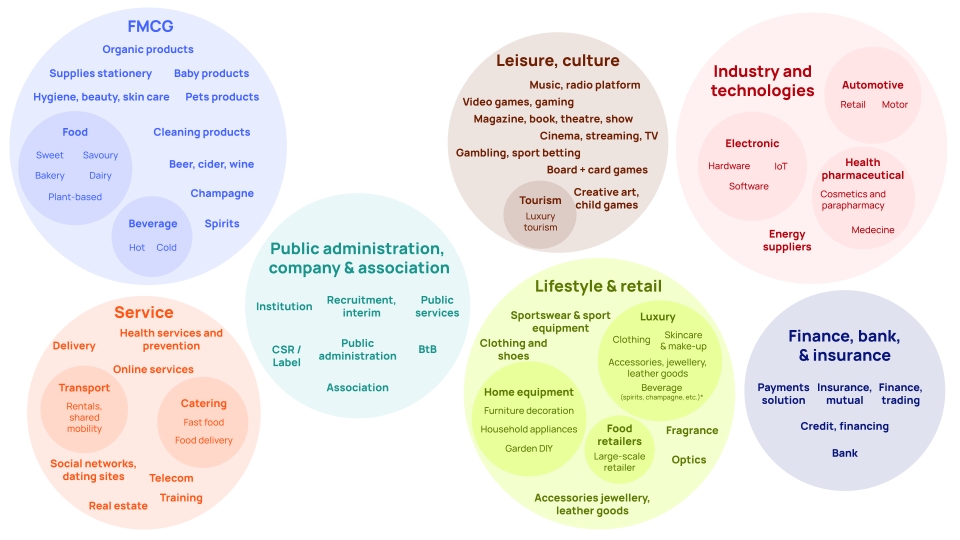How to read benchmark results?
What is the purpose of a benchmark?
Happydemics benchmarks include data from over 25,000 measurements made using our tool. They enable users to compare their performance with similar campaigns across industries, media and budgets.
The value of a benchmark lies in its ability to provide fairly consistent raw results, depending on the advertiser's industry or media. To ensure accurate conclusions and relevant comparisons, benchmarking is essential.
How is the benchmark created?
Each benchmark contains a large number of measurements to guarantee its statistical reliability. It provides a comparative analysis of the "media" and/or "industry" aspects.
The media is selected when configuring the Brand lift, in the second step.
The industry is preset by Happydemics, but you can change it to suit your needs.
For example, you can remain broad with a "Consumer Goods" benchmark, or be more specific with a "Dairy Products" benchmark.
What are the benchmark standards?
An indicator is compared with a benchmark when it contains at least 10 measurements, making it reliable enough to draw meaningful conclusions about the campaign's performance.
What's the difference between an absolute value benchmark and an uplift benchmark?
Happydemics provides two different benchmarks:
The absolute value benchmark provides conclusions on the respondent's self-reported rating of the ad campaign. Since this is a campaign assessment and not a brand assessment, the benchmark is independent of the respondent's initial view of the advertiser. The absolute value benchmark is adapted to creative analysis.
The uplift benchmark measures the difference between individuals who recall the campaign and those who don't, in terms of brand perception. This benchmark measures uplift without being directly impacted by the respondent's initial view of the advertiser. The uplift benchmark is therefore perfectly suited for analyzing the impact of ad recall.
Available benchmarks:
The benchmark can be adapted to suit "media" and/or "industry" aspects. Here are some of the options (subject to the number of measurements available)
By media
Online
Display
Online video
Digital audio
DOOH
Connected TV
Social media
In-game
Offline
TV
Radio
OOH
By area
Tailor benchmarks to specific regions or countries, allowing you to gauge your performance against local competitors and understand market dynamics more effectively.
By industry

Last updated